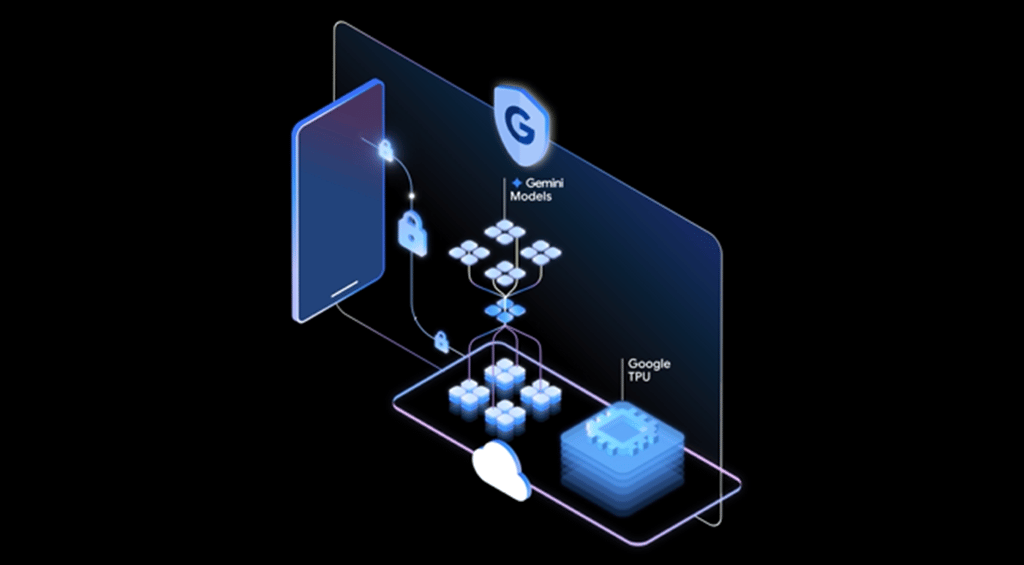Applications, whether they are at an enterprise data center or in the cloud, typically need an operating system on which to run. When it comes to virtual machines, software appliances are the answer, embedding applications with the OS. One of the easiest ways to build a software appliance is the SUSE Studio Linux technology. SUSE […]
Datamation content and product recommendations are
editorially independent. We may make money when you click on links
to our partners.
Learn More
Applications, whether they are at an enterprise data center or in the cloud, typically need an operating system on which to run. When it comes to virtual machines, software appliances are the answer, embedding applications with the OS.
One of the easiest ways to build a software appliance is the SUSE Studio Linux technology. SUSE is now updating the software appliance building technology with its 1.3 release.
Cloud Storage and Backup Benefits
Protecting your company’s data is critical. Cloud storage with automated backup is scalable, flexible and provides peace of mind. Cobalt Iron’s enterprise-grade backup and recovery solution is known for its hands-free automation and reliability, at a lower cost. Cloud backup that just works.
SCHEDULE FREE CONSULT/DEMO
SUSE Studio was first launched in 2009 as a free online service. The effort was expanded in 2010 with first release of a commercial on-premise SUSE Studio version. The most recent release was the SUSE Studio 1.2 release which provided the ability to build Linux software appliance that could run on mainframes.
In SUSE Studio 1.3 the focus is on the cloud.
“You can now build appliances for SUSE Cloud and other OpenStack based clouds,” Andreas Jaeger, program manager at SUSE told Datamation.
The SUSE Cloud became generally available in August of 2012 and is OpenStack based. SUSE is one of the founding members of the OpenStack Foundation.
With SUSE Studio 1.3 a user can build a software appliance for an application and then automatically have that image imported into a running SUSE Cloud instance.
“We’re using the Webhooks feature in SUSE Cloud, which can check to see what images have been built,” Jaeger said.
SUSE Studio 1.3 is also able to build images that can be pulled into other OpenStack based cloud deployments. HP, Dell, Rackspace and AT&T are among the many vendors building public OpenStack cloud deployments today. Jaeger explained that a cloud administrator can choose to enable Webhooks in the cloud of their choice. The Webhooks can them be connected to an OpenStack Glance image service with SUSE Studio to access the software appliance images.
Going beyond just OpenStack, SUSE Studio now also can build virtual machine images that will run on Microsoft’s Hyper-V environment as well.
The on-premise SUSE Studio 1.3 release includes an integrated Lifecyle Manager tool. With Lifecycle Manager, software vendors can manage licenses and entitlements for their virtual appliances. The online version of SUSE Studio does not have the Lifecycle Manager.
SUSE Studio online also differs from its on-premise counterpart in that it is free to use and has been since the day the service launched.
“It costs us money to host it and for the storage, but it’s still a free service and we have no plans to change that,” Jaeger said. “We are discussing whether it might makes sense to add some premium features, but currently we have no plans to do so.”
Sean Michael Kerner is a senior editor at InternetNews.com, the news service of the IT Business Edge Network, the network for technology professionals. Follow him on Twitter @TechJournalist.
-
Huawei’s AI Update: Things Are Moving Faster Than We Think
FEATURE | By Rob Enderle,
December 04, 2020
-
Keeping Machine Learning Algorithms Honest in the ‘Ethics-First’ Era
ARTIFICIAL INTELLIGENCE | By Guest Author,
November 18, 2020
-
Key Trends in Chatbots and RPA
FEATURE | By Guest Author,
November 10, 2020
-
Top 10 AIOps Companies
FEATURE | By Samuel Greengard,
November 05, 2020
-
What is Text Analysis?
ARTIFICIAL INTELLIGENCE | By Guest Author,
November 02, 2020
-
How Intel’s Work With Autonomous Cars Could Redefine General Purpose AI
ARTIFICIAL INTELLIGENCE | By Rob Enderle,
October 29, 2020
-
Dell Technologies World: Weaving Together Human And Machine Interaction For AI And Robotics
ARTIFICIAL INTELLIGENCE | By Rob Enderle,
October 23, 2020
-
The Super Moderator, or How IBM Project Debater Could Save Social Media
FEATURE | By Rob Enderle,
October 16, 2020
-
Top 10 Chatbot Platforms
FEATURE | By Cynthia Harvey,
October 07, 2020
-
Finding a Career Path in AI
ARTIFICIAL INTELLIGENCE | By Guest Author,
October 05, 2020
-
CIOs Discuss the Promise of AI and Data Science
FEATURE | By Guest Author,
September 25, 2020
-
Microsoft Is Building An AI Product That Could Predict The Future
FEATURE | By Rob Enderle,
September 25, 2020
-
Top 10 Machine Learning Companies 2020
FEATURE | By Cynthia Harvey,
September 22, 2020
-
NVIDIA and ARM: Massively Changing The AI Landscape
ARTIFICIAL INTELLIGENCE | By Rob Enderle,
September 18, 2020
-
Continuous Intelligence: Expert Discussion [Video and Podcast]
ARTIFICIAL INTELLIGENCE | By James Maguire,
September 14, 2020
-
Artificial Intelligence: Governance and Ethics [Video]
ARTIFICIAL INTELLIGENCE | By James Maguire,
September 13, 2020
-
IBM Watson At The US Open: Showcasing The Power Of A Mature Enterprise-Class AI
FEATURE | By Rob Enderle,
September 11, 2020
-
Artificial Intelligence: Perception vs. Reality
FEATURE | By James Maguire,
September 09, 2020
-
Anticipating The Coming Wave Of AI Enhanced PCs
FEATURE | By Rob Enderle,
September 05, 2020
-
The Critical Nature Of IBM’s NLP (Natural Language Processing) Effort
ARTIFICIAL INTELLIGENCE | By Rob Enderle,
August 14, 2020
SEE ALL
CLOUD ARTICLES







